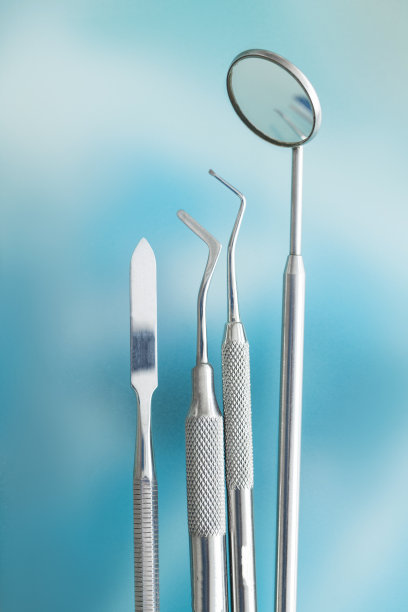The Essential Steps and Considerations for Safely Extracting a Tooth in Dental Care Practices
Summary: Tooth extraction is a common procedure in dental care that may sometimes be necessary for various reasons, such as decay, infection, or overcrowding. This article outlines the essential steps and considerations for safely extracting a tooth in dental care practices. Starting with patient evaluation, emphasizing the importance of informed consent and medical history, it then details procedural steps, safety measures to minimize complications, and post-operative care practices. Each section aims to provide dental professionals with a comprehensive understanding of effective tooth extraction while ensuring patient safety and comfort throughout the process.
1. Patient Evaluation and Consent Process

The first essential step in tooth extraction is a thorough patient evaluation. Dentists are responsible for assessing the patients dental and medical history to ensure there are no contraindications to the procedure. This evaluation often involves reviewing the patients medications, allergies, and any underlying health conditions that might complicate the extraction.
Informed consent is another crucial aspect of the evaluation process. Dentists must communicate the reasons for extraction, outline potential risks, and provide a clear explanation of the procedure. Ensuring that patients understand what to expect reduces anxiety and fosters trust between the patient and dentist.
Moreover, it is essential to discuss alternatives to extraction wherever possible. In cases where tooth removal is not the only option, patient preferences should be taken into account, and possible treatments should be explored together. This collaborative approach helps to empower patients and improve their overall experience.
2. Procedural Steps for Tooth Extraction
The procedural steps begin with the administration of anesthesia, which is critical for ensuring the patient experiences minimal discomfort. Local anesthesia is commonly utilized for simple extractions, while sedation may be necessary for more complex cases. The dentist must ensure that the anesthetic is administered correctly and that the patient is comfortable before proceeding.
Once anesthesia takes effect, the dentist will begin the extraction process. For a simple extraction, the dentist will use dental forceps to loosen and remove the tooth from its socket. In cases of impacted or broken teeth, additional techniques such as surgical extraction may be required, which involves incising the gum tissue and sometimes removing bone around the tooth.
It is essential to maintain a sterile environment throughout the procedure to minimize the risk of infection. This can be achieved through the use of sterilized instruments and appropriate infection control practices, including the use of gloves and masks by the dental team.
3. Safety Measures During Extraction
Dental safety measures play a critical role in the tooth extraction process. One of the primary concerns is managing potential complications such as excessive bleeding. The dentist should be prepared to handle unexpected situations by having hemostatic agents and sutures readily available.
Monitoring the patient’s vital signs during the procedure is also essential. This practice helps detect any adverse reactions to anesthesia or other medications. Dental professionals should be equipped to respond to emergencies, including having resuscitation equipment on hand.
Furthermore, thorough training in proper extraction techniques and emergency protocols is vital for all staff members involved. Continuous education ensures that dental teams are up-to-date with the latest practices and can provide the highest level of care to their patients.
4. Post-Operative Care for Patients
Post-operative care is an integral part of the tooth extraction process and directly affects the patient’s recovery. Dentists should provide clear instructions regarding aftercare, including pain management, dietary recommendations, and how to maintain oral hygiene after the procedure.
Patients should be advised on what to expect in terms of swelling and bruising, as these are common post-extraction symptoms. Providing practical tips on managing these symptoms, such as applying ice packs and taking prescribed pain medications, can help ease discomfort.
Follow-up appointments are crucial to monitor healing and ensure there are no signs of infection or complications. Encouraging patients to report any unusual symptoms immediately can facilitate prompt interventions if needed, ensuring a smoother recovery process.
Summary:
The process of safely extracting a tooth involves careful patient evaluation, precise procedural steps, stringent safety measures, and comprehensive post-operative care. By adhering to these essential steps, dental professionals can not only ensure successful outcomes but also enhance the overall patient experience during tooth extraction procedures.
This article is compiled by Vickong Dental and the content is for reference only.


